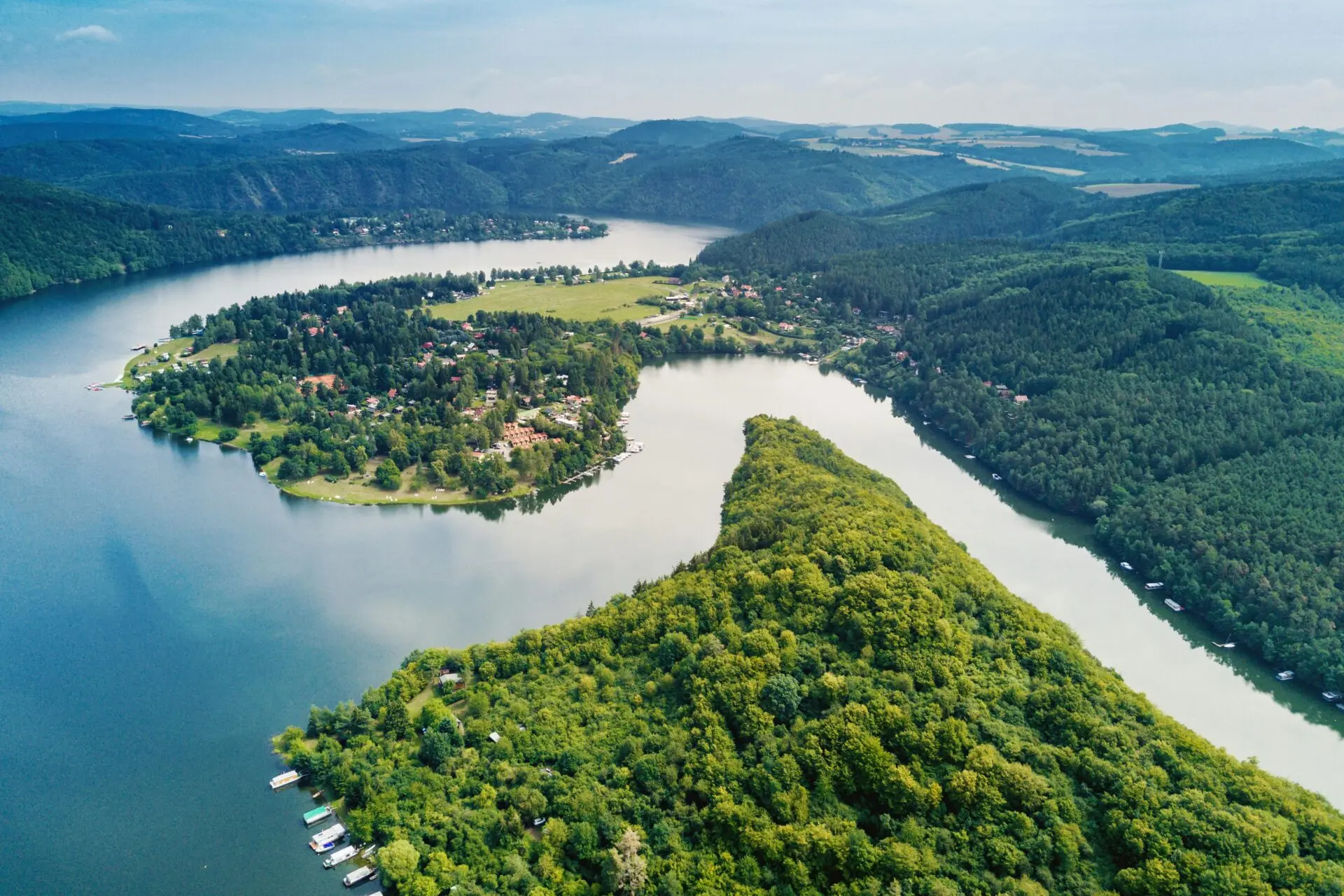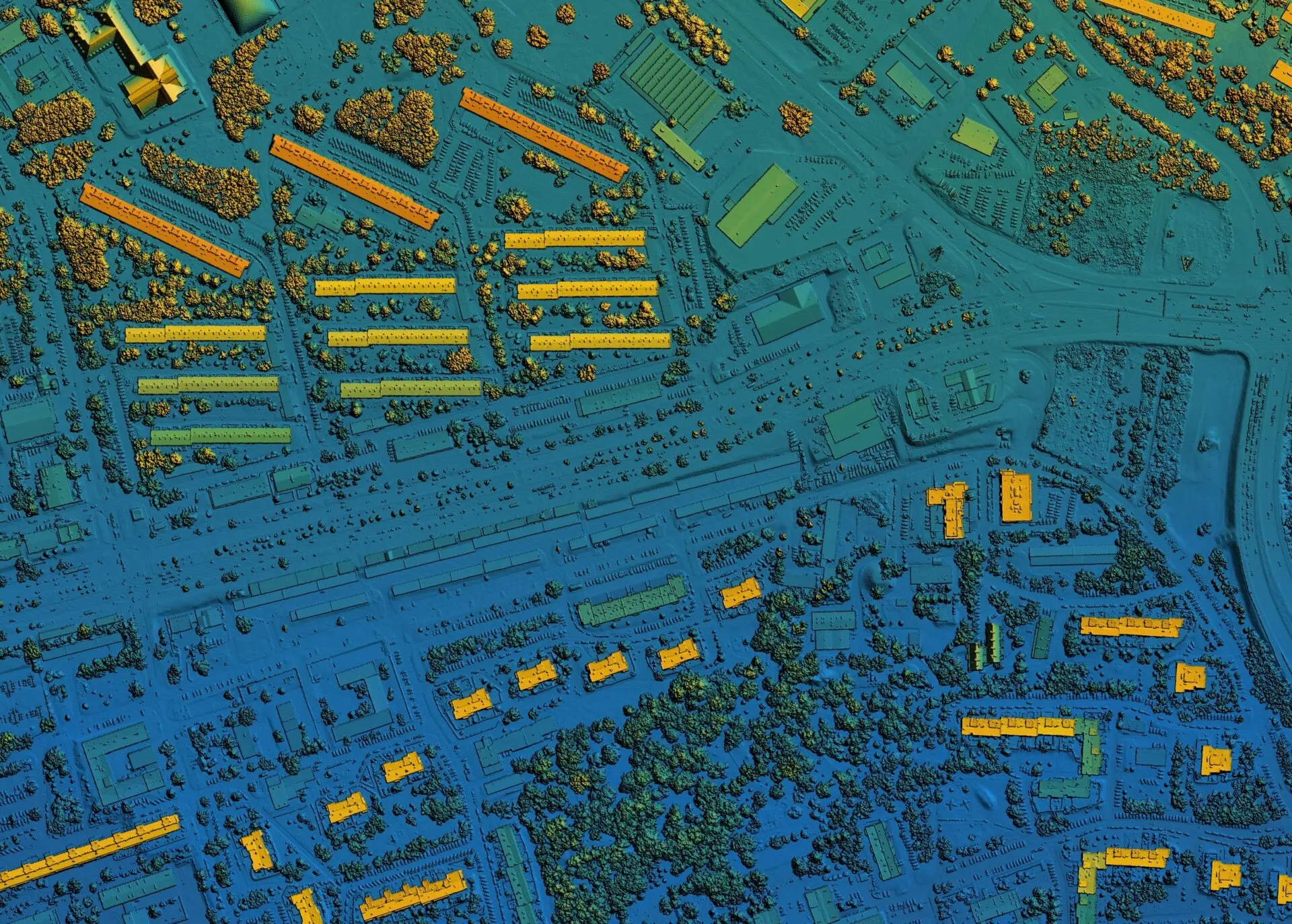All Aboard for Transit Improvements in Nashville
February 20, 2018
On May 1, 2018, Nashvillians and residents of Davidson County head to the polls. No item on the ballot has been the topic of debate more than a referendum to build out Nashville’s $5.4 billion Transit Plan. The Transit Plan consists of a mixture of light rail, new bus routes, improved local routes, and a tunnel to bypass the most congested part of Nashville’s downtown. Transit lines will convene at neighborhood Transit Centers that will serve as a hub to access the system with park-and-ride areas and bicycle facilities. The plan also accounts for future expansion and Nashville’s single 32-mile commuter rail between downtown Nashville and Wilson County. The major driver of Nashville’s Transit Plan is to keep up with the development, tourism, and population boom the region has experienced in recent years as one of America’s fastest-growing cities and real estate markets.
Outside of the ballot, taxpayer and development incentives will be initiated by the city if the referendum passes. The incentives will create commercial and residential hubs around proposed Transit Centers, requiring zoning changes in the vicinity of routes and Transit Centers. This would allow for increased density and the flourishing of Transit-Oriented Development where various lines of transit meet. Outside initiatives, including public-private partnerships for the creation of affordable workforce housing, are also resting on the referendum’s passing.
Before casting your ballot, we invite you to use Latapult to explore the effects the proposed Transit Plan could have on your home or business and improve your access to transit options. For a short time, Latapult will provide free access to the proposed routes and stations, existing bus system, parcel boundaries, and access to our travel time tool to help you make an informed decision.
If you don’t call the Music City home, we still have you covered! Start a free trial with Latapult and explore transit data and more for 25 regions in the southern United States.









